
2016-09-18
9月14日,美国弗吉尼亚理工大学 杰出名誉教授Paul B. Siegel应邀参观上海派森诺生物科技股份有限公司(以下简称“派森诺生物”)。
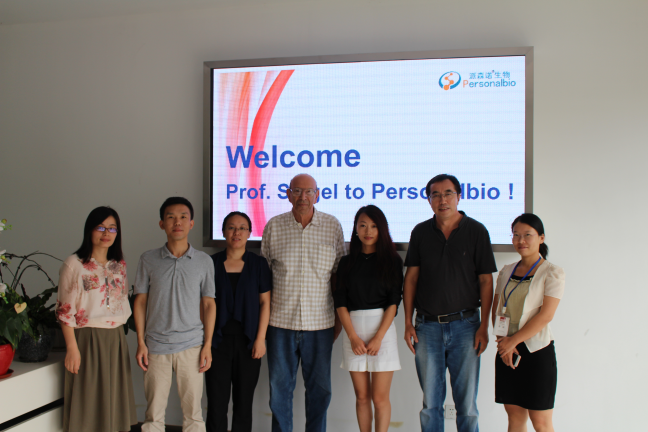
Paul B. Siegel 教授现任美国科学促进会会士;曾任美国生物科学学会会长、美国动物行为学会会长、美国家禽学会会长、美国弗吉尼亚科学学会会长、世界家禽学会资深副会长等职位。
Siegel教授长期致力于鸟类物种行为学和免疫遗传学研究。发表了400余篇期刊论文,并获得家禽科学研究奖、中共国际家禽研究奖、家禽研究先驱奖等特殊荣誉。
今天,在派森诺首席科学家孟和教授的陪同下,参观派森诺生物。
下图为Siegel教授与孟老师等换上实验服,走进了派森诺的实验室,从实验环境到实验平台,孟教授都陪同Siegel教授一一参观了解,并为其详细介绍。

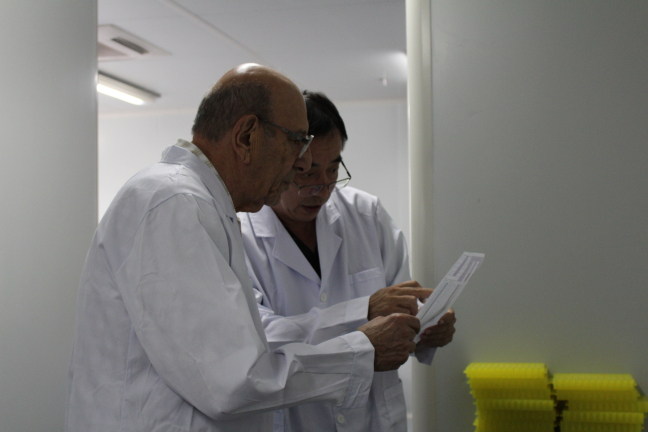
在实验室外,Siegel教授与我们的部门负责人进行深切交谈。

走出实验室,Siegel教授又随着孟老师等人一起来到了一楼的办公区域,了解派森诺员工每天的工作环境。
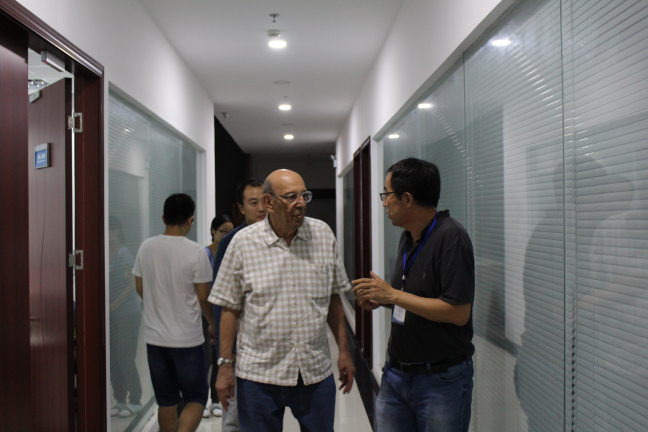
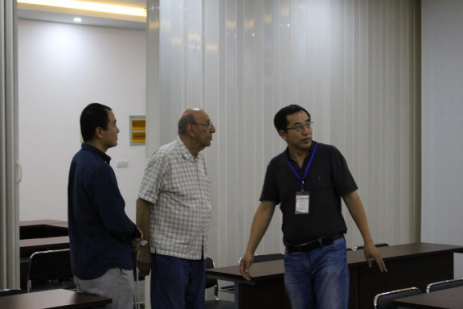
最后离开之际,Siegel教授与管理层、技术人员合影留恋。
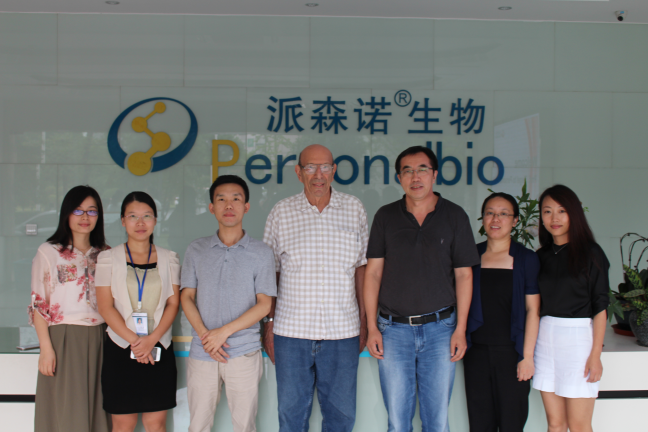
在此,派森诺全体员工祝愿Siegel教授have a beautiful time in Shanghai ,同时也提前预祝Siegel教授中秋节快乐!Happy Mid-Autumn Festival !

Dr. Paul Siegel was raised on a small (12 hectares) family poultry and tobacco farm in the Northeastern part of the United States. After receiving his BS in Poultry from the University of Connecticut, he went 2,500 km to America’s heartland (Kansas) where he received his MS and PhD in Genetics.
Upon completion of his PhD in 1956, he moved 1,800 km to the southern United States where he joined the faculty at Virginia Tech. Currently, he holds the rank of University Distinguished Professor, Active Emeritus (this rank is limited to <1% of the faculty). While at Virginia Tech, he has taught graduate and undergraduate courses in poultry, genetics, and behavior, as well as serving as major advisor to >50 graduate students.
The author of >500 publications, he is the recipient of numerous awards for his research, including an honorary doctorate from Swedish Agricultural University, and is an Inductee to the American Poultry Industry Hall of Fame and the International Poultry Hall of Fame.
Selected Publications
Parker, G. A., L. H. Sumners, X. Xhao, C. F. Honaker, P. B. Siegel, M. A. Cline, and E. R. Gilbert. 2015. Delayed access of low body weight-selected chicks to food at hatch is associated with up-regulated pancreatic glucagon and glucose transporter gene expression. Comp. Biochem. Physiol. Part A: Mol. Integr. Physiol. 189:124-129.
Sheng, Z., M. Pettersson, C. Honaker, P. Siegel, O. Carlborg. 2015. Standing genetic variation as a major contributor to adaptation in the Virginia chicken lines selection experiment. Genome Biol. 16: 219. doi:1-.1186/s13059-015-0785-z.
Alexander, M., S. Y. W. Ho, M. Molak, R. Barnett, O. Carlborg, B. Dorshorst, C. Honaker, F. Besnier, P. Wahlberg, K. Dobney, P. Siegel, L. Andersson, and G. Larson. 2015. Mitogenomic analysis of a 50-generation chicken pedigree reveals a rapid rate of mitochondrial evolution and evidence for paternal mtDNA inheritance. Bio. Lett. http://dx.doi.org/10.1098/rsbl.2015.0561.
Lu, Y., J. S. Bradley, P. B. Siegel, N. Yang, and S. E. Johnson. 2016. Selection for divergent body size alters rates of embryonic skeletal muscle formation and muscle gene expression patterns. Develop. Growth Differen. 57:614-624.
McConn, B. R., J. Yi, E. R. Gilbert, P. B. Siegel, V. S. Chowdhury, M. Furuse, M. A. Cline. 2016. Stimulation of food intake after central administration of gonadotropin-inhibitory hormone is similar between genetically selected low and high body weight lines of chickens. Gen. Comp. Endocrocrin. doi: 10.1016/j.ygcen.2016.01.004.